|
Meet George George is one of my silkworms. These greedy-samas (sama is the Japanese honorific title added at the end of the name, like 'san' but with more respect) are going to help me transform leaves into cloth. These are my very first silkworms and I want to give a shout out to Peggy at Flourishing Filaments who helped me with the research and found a way to send silkmoth eggs to Canada. At the time of writing, it is legal to import Bombyx mori into Canada and to export from the USA without a fancy certificate (but check with the government before attempting it for yourself because things change). While researching silkworms online, I noticed that a lot of people name their worms. They grow attached to these little guys. I didn't want to feel left out, so I named them. I named all 200 of them George except for the big one, his name is Harold. Click "read more" on the right to ...
It's 2 am and there's a pot of Cardamon Coffee steeping on the stove top. I'm going to have to be careful when I drink it. I don't want any stains on this white wool blanket I'm working on. With enough coffee fueled insomnia I have a good chance of finishing the finishing before the day begins. It never ceases to amaze me how much time finishing takes. Making something, be it spinning yarn, weaving cloth, dyeing yarn, or planting the garden is actually the easy part. In most cases, it takes as long to finish a project as it does to make it. Sometimes longer. Linen yarn, for example, is spun at the wheel. That's the easy part. It is next measured into skeins, tied, soaked, boiled in many changes of water, re-skeined and blocked while drying. After which it is inspected again, labeled and stashed away. Same too with this blanket. It took only a few hours to weave, but at least as many to finish. First we cut it off the loom and inspect for mistakes. Next repair the mistakes with a darning needle and yarn. From there, the edges are finished, in this case with a fringe, and after that it is fulled (washed with agitation) to be just right. Finally, tonight's task: the final inspection where I go over every inch (front and back) to locate any loose threads, flaws, areas that need further fulling, or anything else that can be achieved. It's a lot of work, but the results are worth it. Click "read more" on the right to ...
We have officially entered stage four drought conditions, which is apparently the worst we have. It means that the government can start making emergency legislation to reduce water usage including industry and farming. It also means that we are at risk of not having enough drinking water next year if the drought continues through the rainy season. Since water-less and water-free farming is the main focus on the farm, I wanted to share some updates on what's working and what techniques we are still developing. It's all experimental. There's lots of theories on what works, but what works for one may not work at another location. That's why it's so important to try things for yourself.
Click "read more" on the right to ...
Yes, you can use your handspun linen singles for weaving. Weavers for thousands of years of history did. You can too. Most linen warp is spun from the long, luscious flax fibres called line. These make for strong, shiny, and fine yarns. When wet spun by an expert, the yarn is smooth. All these qualities make it perfect for warp and weft. But what about poor tow? This often discarded fibre is described as hairy and weak. Not suitable. A waste of time and space. Click "read more" on the right to ...
Click "read more" on the right to ...
10/7/2018 A visit with WOVENWARESThe woman of Wovenwares are gifted fibre artists and well worth a pilgrimage into town to visit. They weave cloth. More amazingly, they weave clothing!Cloth made locally by local artisans, with as many locally sourced materials as possible. That's my kind of thing. As much as I want to do everything, growing fibres on the farm has taught me there is a finite amount of time in the day. Everything has it's rhythm and each element on the farm has it's task. I don't ask the sheep to eat bugs from the garden, likewise, I don't expect the chickens to grow wool. Why then, should I expect that I can do everything? At least, not until I find the time to invent a TARDIS. But I want to. Especially when I see what amazing things are possible. 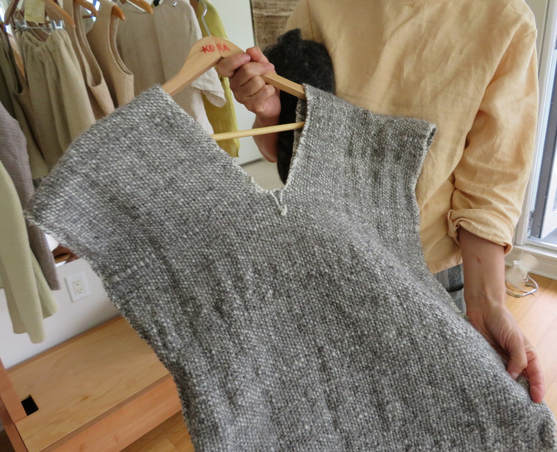 Wovenwares gives me heart and hope. Here is the skill to create clothing from the materials I grow. I couldn't ask for better! And, wow! What skills these women have. Entering the studio, I'm bedazzled by the collection of handwoven goodies. Cloth, clothing, rugs, and hand dyed yarn. They work with local materials, connecting directly with the farmer whenever possible. Sustainable clothing at it's best. I learn something new with each visit, and this week I understood, I don't have to do every step myself. I couldn't make clothing as beautiful as this, but I can grow yarn. By working together, we can keep everything local, sustainable and beautiful. This morning petrichor was heavy in the air. Petrichor is a smell so strong; you can almost feel the texture gritting against your skin. It's a mixture of ocean and dust. But more than that. Petrichor is the smell rain makes after dry, grimy, hot summer days. It's unusual to experience petrichor here, as it seldom rains in summer and never in June. At least not since we moved to the farm nearly ten years ago. It is an unusual year for weather. I expect unusual will soon be the new norm. Most years, the rain stops on or before May first. There are a couple of rainy patches near midsummer and again at the end of August, but these showers usually miss the farm. It will rain at the neighbours and across the road, but not here. One of the things we strive for is low maintenance farming; farming without irrigation or rain in a Mediterranean climate. Most of the experiments on the farm have been focused on the assumption it won't rain in the summer. We've had great success with this. There are a few parts of the farm that are entirely irrigation-free and produce a decent crop even on poor soil. We've grown chickpeas, peas, soup peas, kale, squash, hot peppers, sunflowers, woad, flax, and tomatoes without irrigation or rain. Pretty darn neat. This year, we've been experimenting with different row and plant spacing as well as potatoes. But the rain has skewed our results - not that we mind - so we'll have to try it again next year. How are we growing these without irrigation? Click "read more" on the right to ...
11/6/2018 grow your own yarn - in an apartment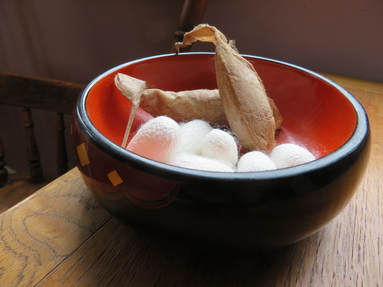 atlas (wild) and bombyx (domestic) silkmoth cocoons atlas (wild) and bombyx (domestic) silkmoth cocoons Before I moved to the farm, I lived in the city. Right at the heart of downtown, in a cement cube with south facing windows surrounded by other people also living in cement cubes. But living in the city had its advantages. All that concrete and asphalt absorb the heat from the sun and holds onto it. This creates a warmer climate than the rest of the area, bumping us up one or even three climate zones. In the city, we can grow things that we cannot in the surrounding countryside. Banana and palm trees are popular choices - in Canada! What I wish I knew at the time is that we can grow cotton too. Cotton grows in the same condition as tomatoes. Cotton loves the warmth and isn't adverse to being kept in pots. In a pot, you can bring cotton inside for the winter. Another thing the city gives us that I don't have on the farm is limited daylight. Cotton is daylight sensitive so on the farm, I have a challenge getting it to set bolls this far north because our days are just too long. But in the summer, the buildings act as a false horizon, cutting off the sun from the earth early. Warmth plus limited daylength. There are lots of other fibre crops and animals we can grow in the city. Linen can also be grown in pots so long as you don't sow the seeds to densely. Within walking distance of my condo were several mulberry trees on public land. Two of them are in gardens specially designed for public harvest - food forest community gardens. I know more than one person who kept silkworms hidden away in their pet-free apartments (caterpillars don't count as pets, right?). They snuck out each morning, about 5am, to harvest mulberry leaves, being careful never to take too much and to always ask permission first. There was an abundance of wormfood available. There was a great article in Spinn Off a few years back explaining how easy it is to grow silk. It was the same one that introduced me to cotton and got me wondering what non-sheep plants and animals can grow fibre in small spaces. Don't have mulberries, try wild silk moths. There are a hundred or more different kinds of moths that produce silk and chances are some of them are native to your area. These wild silk moths produce various colours and textures of silk and in my opinion, they are even more beautiful than bombyx silk. The best thing about them is if they are native to your area, then their food can be found in abundance. Many wild silkmoths consume a variety of different fodder. The Polyphemus moth that is native to my area eats a dozen different trees, so I don't have to go hunting for mulberries. Wormspit's website is the place to go for more information on Bunnies take up a bit more space than silkworms. Angora or any fluffy bunny produces warm and soft fibre. Comb the bunny each day and spin the fibre into lovely lofty yarn. Wildcrafting fibre like nettles or kudzu is another option. Talk to your local parks department to see what you're allowed to harvest. This is also a good source of dye materials. Of course, if you absolutely must have sheep, you can always try to sneak some on the roof. |
CategoriesAll Airwell Angora Animal Fibre Boring Community Cotton Dryland Farming Dye Etsy Shop Experiments Fibre Prep Finance Flax Frugal Household Management Indigo Linen Local Cloth Mediterranean Climate Natural Dye Permaculture Plant Fibre Sewing Silk Tutorial Urban Fibre Vintage Wildcrafting Archives
February 2022
|
|
Created by Tracy Wandling of One Wing Freelance Graphic Design
|
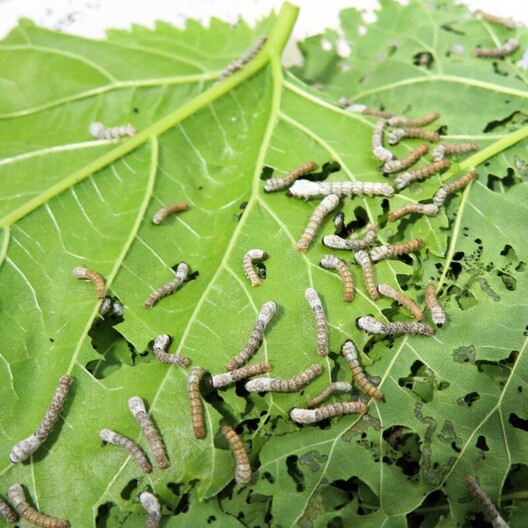
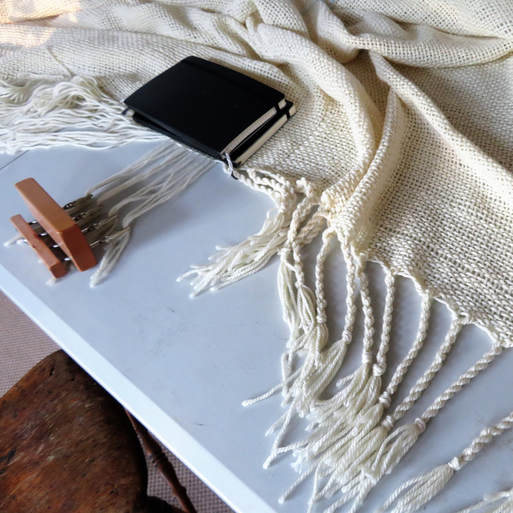
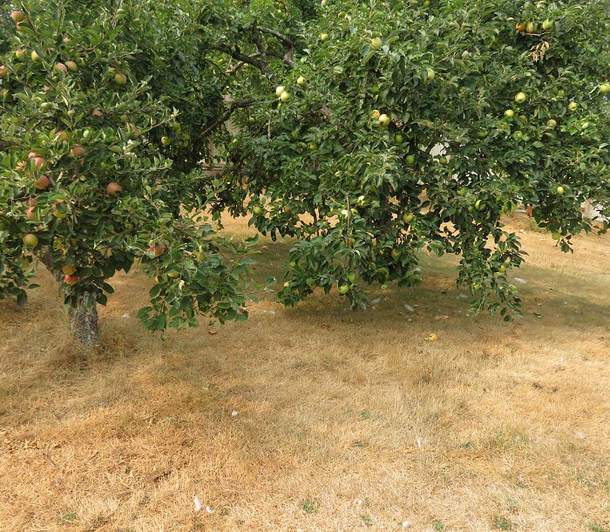
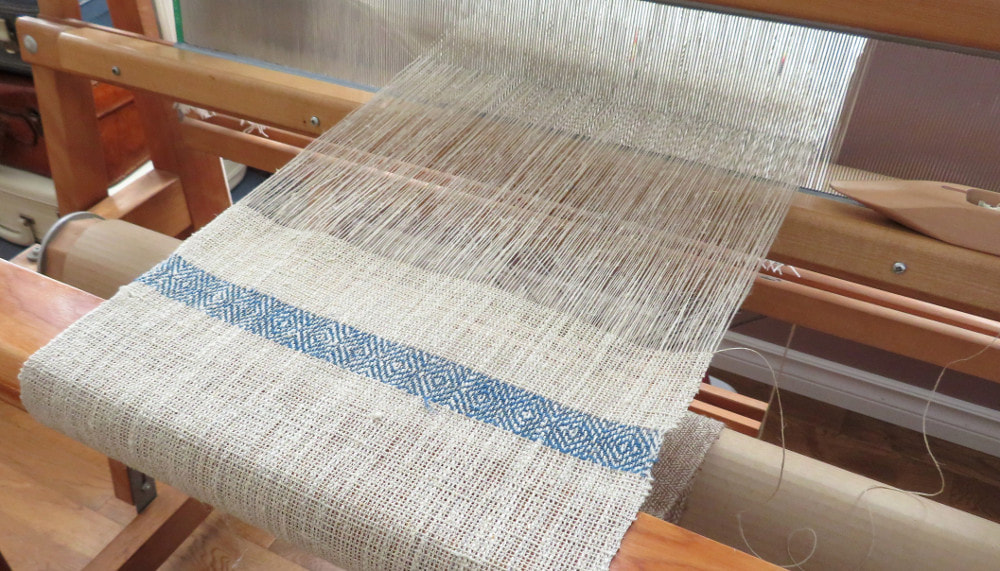
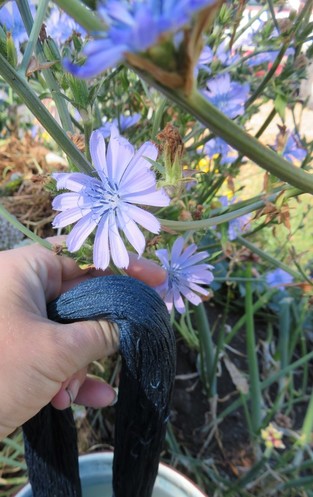
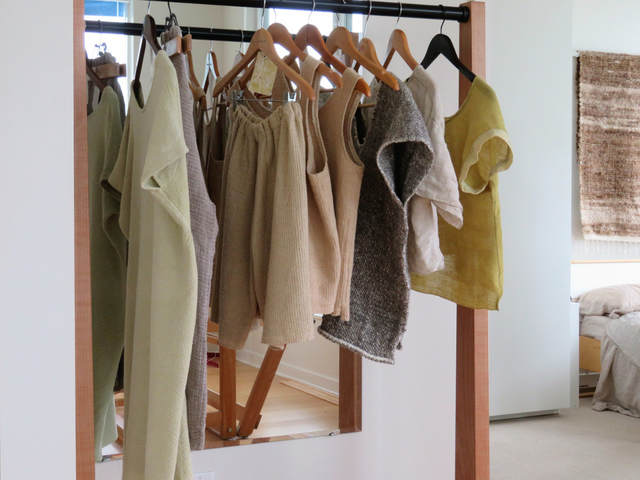
 RSS Feed
RSS Feed
